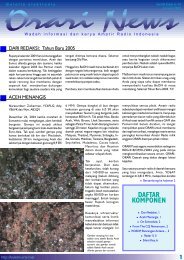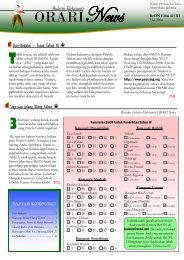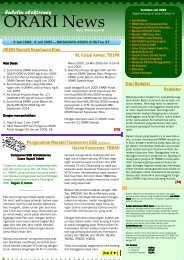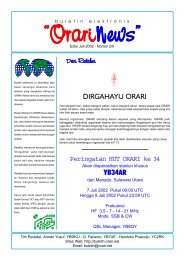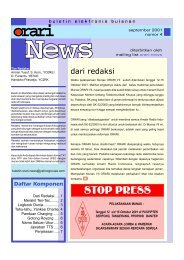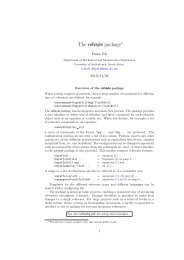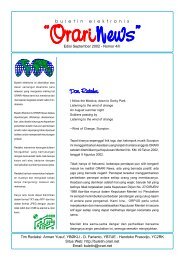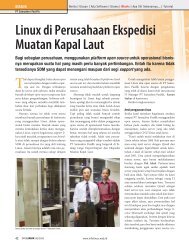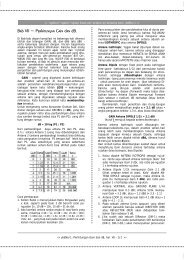Create successful ePaper yourself
Turn your PDF publications into a flip-book with our unique Google optimized e-Paper software.
presented in sec. 6.7.3.<br />
Proper choice of materials for interconnecting the tube and circuit is<br />
also important where long life and good performance is concerned.<br />
Copper is the preferred material for connection straps although<br />
brass and aluminum are also suitable in most cases; surface<br />
plating is optional in low power applications and not generally<br />
necessary, except for cosmetic reasons or corrosion prevention.<br />
Silver plating is preferred in components used for VHF and UHF,<br />
especially where high power (over approx. 10 KW) is anticipated;<br />
oxidized or tarnished silver does not exhibit significantly more<br />
loss than its untarnished state, due to the fact that it is still a good<br />
conductor. Nickel plating is often employed where cost may be a<br />
factor; its greater resistance to chemicals is another advantage.<br />
Components used with water–cooled tubes or tubes designed to<br />
be immersed in insulating oil or gas are often nickel plated. Gold<br />
plating is preferred in microwave cavities to reduce losses due to<br />
skin effect and because gold does not oxidize. Steel and stainless<br />
steel alloys should be avoided in rf power amplifiers because of the<br />
high rf losses associated with those materials in the presence of<br />
rf fields. If steel hardware is necessary for mechanical strength, it<br />
can be copper plated; at HF and above, rf current will flow primarily<br />
through the plating. At LF iron or steel should be avoided due to<br />
increased skin depth and losses associated with its ferromagnetic<br />
properties.<br />
54<br />
3.5 LEAD LENGTHS<br />
Most of the connecting leads should be designed with extremely<br />
low inductance to minimize the possible VHF parasitic circuits.<br />
Filament and screen bypass leads, suppressor bypass leads, leads<br />
to the grid and the anode tuning capacitors, and interconnections<br />
between tubes in both push-pull and parallel circuits are in this<br />
category. An exception is a parasitic suppressor (if used), which<br />
must have an inductance selected according to the operating<br />
frequency. For a lead to have low inductance, it must have a<br />
relatively large surface area and be short in length, as in a strap<br />
or ribbon shape. This consideration also applies to that portion of<br />
a lead inside a bypass capacitor or connecting from the tube to<br />
a bypass capacitor. If two or more tubes are used, they should<br />
be placed reasonably close together to help provide short lead<br />
lengths. At HF the length of leads connecting rf tuned circuits to<br />
the tube(s) can usually be much longer than bypass capacitor lead<br />
lengths. The dc supply, keying, modulating and control circuit wires<br />
can be quite long if properly filtered or shielded and arranged out<br />
of any rf fields.




